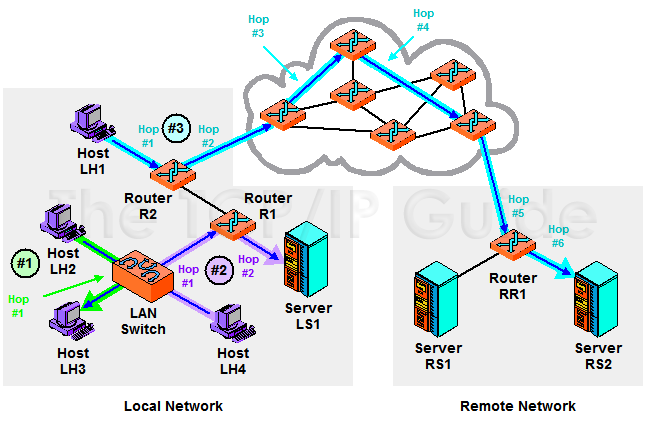 |
|
Please Whitelist This Site?
I know everyone hates ads. But please understand that I am providing premium content for free that takes hundreds of hours of time to research and write. I don't want to go to a pay-only model like some sites, but when more and more people block ads, I end up working for free. And I have a family to support, just like you. :)
If you like The TCP/IP Guide, please consider the download version. It's priced very economically and you can read all of it in a convenient format without ads.
If you want to use this site for free, I'd be grateful if you could add the site to the whitelist for Adblock. To do so, just open the Adblock menu and select "Disable on tcpipguide.com". Or go to the Tools menu and select "Adblock Plus Preferences...". Then click "Add Filter..." at the bottom, and add this string: "@@||tcpipguide.com^$document". Then just click OK.
Thanks for your understanding!
Sincerely, Charles Kozierok
Author and Publisher, The TCP/IP Guide
|
|
|

Custom Search
|
|
IP Routing Concepts and the Process of Next-Hop Routing
(Page 1 of 2)
When a datagram is sent between source and destination devices that are not on the same physical network, the datagram must be delivered indirectly between the devices, a process called routing. It is this ability to route information between devices that may be far away that allows IP to create the equivalent of a virtual internetwork that spans potentially thousands of physical networks, and lets devices even on opposite ends of the globe communicate. The process of routing in general terms is too complex to get into in complete detail here, but I do want to take a brief look at key IP routing concepts.
To continue with our postal system analogy, I can send a letter from my home in the United States to someone in, say, India, and the postal systems of both countries will work to deliver the letter to its destination. However, when I drop a letter in the mailbox, it's not like someone shows up, grabs the letter, and hand-delivers it to the right address in India. The letter travels from the mailbox to my local post office. From there, it probably goes to a regional distribution center, and then from there, to a hub for international traffic. It goes to India, perhaps (likely) via an intermediate country. When it gets to India, the Indian postal system uses its own network of offices and facilities to route the letter to its destination. The envelope “hops” from one location to the next until it reaches its destination.
IP routing works in very much the same manner. Even though IP lets devices “connect” over the internetwork using indirect delivery, all of the actual communication of datagrams occurs over physical networks using routers. We don't know where exactly the destination device's network is, and we certainly don't have any way to connect directly to each of the thousands of networks out there. Instead, we rely on intermediate devices that are each physically connected to each other in a variety of ways to form a mesh containing millions of paths between networks. To get the datagram where it needs to go, it needs to be handed off from one router to the next, until it gets to the physical network of the destination device. The general term for this is next-hop routing. The process is illustrated in Figure 92.
|
|
| |||||||||||||||||||
Home - Table Of Contents - Contact Us
The TCP/IP Guide (http://www.TCPIPGuide.com)
Version 3.0 - Version Date: September 20, 2005
© Copyright 2001-2005 Charles M. Kozierok. All Rights Reserved.
Not responsible for any loss resulting from the use of this site.







